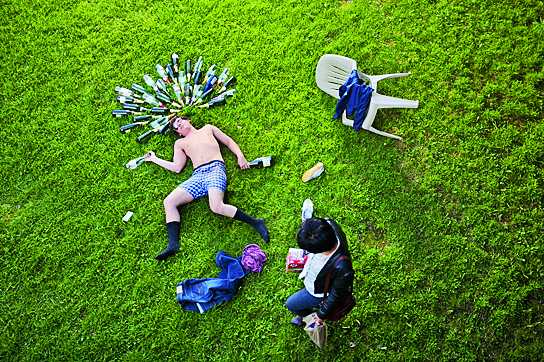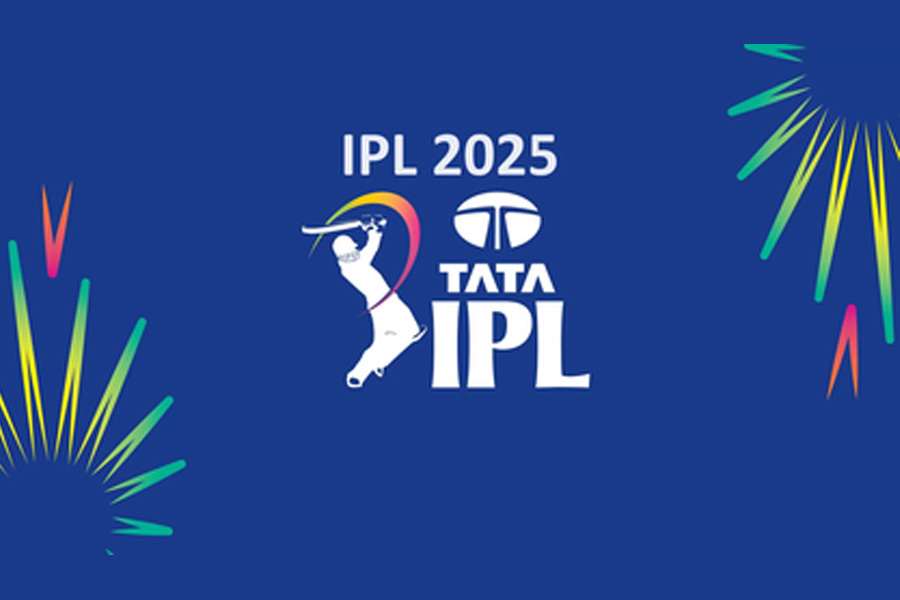Book name: Drunk: How We Sipped, Danced, and Stumbled Our Way to Civilization
Author: By Edward Slingerland,
Publisher, Price: Little, Brown Spark, $14.99
Why do we drink? Despite its potential for bodily harm and, seemingly, little benefits, why has natural selection not selected against drunkenness in humans? The usual arguments about alcohol’s health benefits seem ambiguous, at best. It is, therefore, surprising that not only have we continued to seek out drunkenness, but cultures and societies for millennia have celebrated alcoholic beverages, some going as far as to associate it with divinity. Using studies in cognitive neuroscience and primatology and archaeological research, Edward Slingerland takes us on an enlightening journey to show how alcohol has historically shaped human creativity, culture and collaboration and, in doing so, has created a highly unlikely and idiosyncratic form of social cohesion amongst our ancestors whose nearest evolutionary cousins were all individualistic.
Slingerland’s argument can be summarized as follows: alcohol has historically helped early human societies to increase trust with one another and to temporarily let go of our rational self and embrace our creative self, which has been revolutionary in our ability to transform small hunter-gatherer societies into vast civilizations. Alcohol continues to play an important role in social cohesion at present.
The book can be read as one long argument. The first three chapters take the reader on a quest for answers to a number of questions about the role of alcohol in the development of large-scale societies during the agricultural revolution. How did humans begin to cooperate with one another to an extent found only in bees and ants? Large societies needed not only creativity to innovate and progress but they also required cultural knowledge to survive. How did members of a highly individualistic and tribal species create a social ecology in which they trusted one another? Among our primate cousins, only humans seem to carry such “childlike” traits well into adulthood where we tolerate strangers and are willing to cooperate with them. In search of answers to the possible catalysts that consistently incentivized trust and cooperation, Slingerland argues — convincingly — that the importance of alcoholic beverages in the literature and religions of ancient societies along with evidence from neuroscience may suggest its key
influence.
In the last two chapters, Slingerland attempts to unpack the implications of the benefits of alcohol in enhancing social bonds and creativity as well as the normative role of alcohol in modern societies. It is in the last chapter, during the analysis of the “dark side of alcohol”, that the book falls a bit short. While the thesis that alcohol generally increases trust in group settings across societies is tenable in the first part of the book, putting such arguments alongside contemporary instances of harassment and abuse makes the overall argument a lot less convincing. In the fifth chapter, Slingerland is found balancing the nebulous benefits of creativity and trust in the workplace with actual harms, such as instances of gender-based harassment and abuse of power in workplaces, that may become worse under the influence of alcohol. While the last two chapters attempt to make a normative claim, Slingerland, unfortunately, does not dwell on these questions. Come to think of it, the reader could have done without the stretched connection between the “before civilization, intoxication!” and the “what we are losing by discouraging alcohol in the modern workplace” arguments.
But this should not take anything away from what is an in-depth, well-researched and highly entertaining book that attempts to decipher human affinity for a chemical that temporarily impairs our ability to function properly. In our moments of drunkenness, of vulnerability, we become more open to each other, more accepting of our differences, and, thus, more human. May we continue to do so! Cheers!











